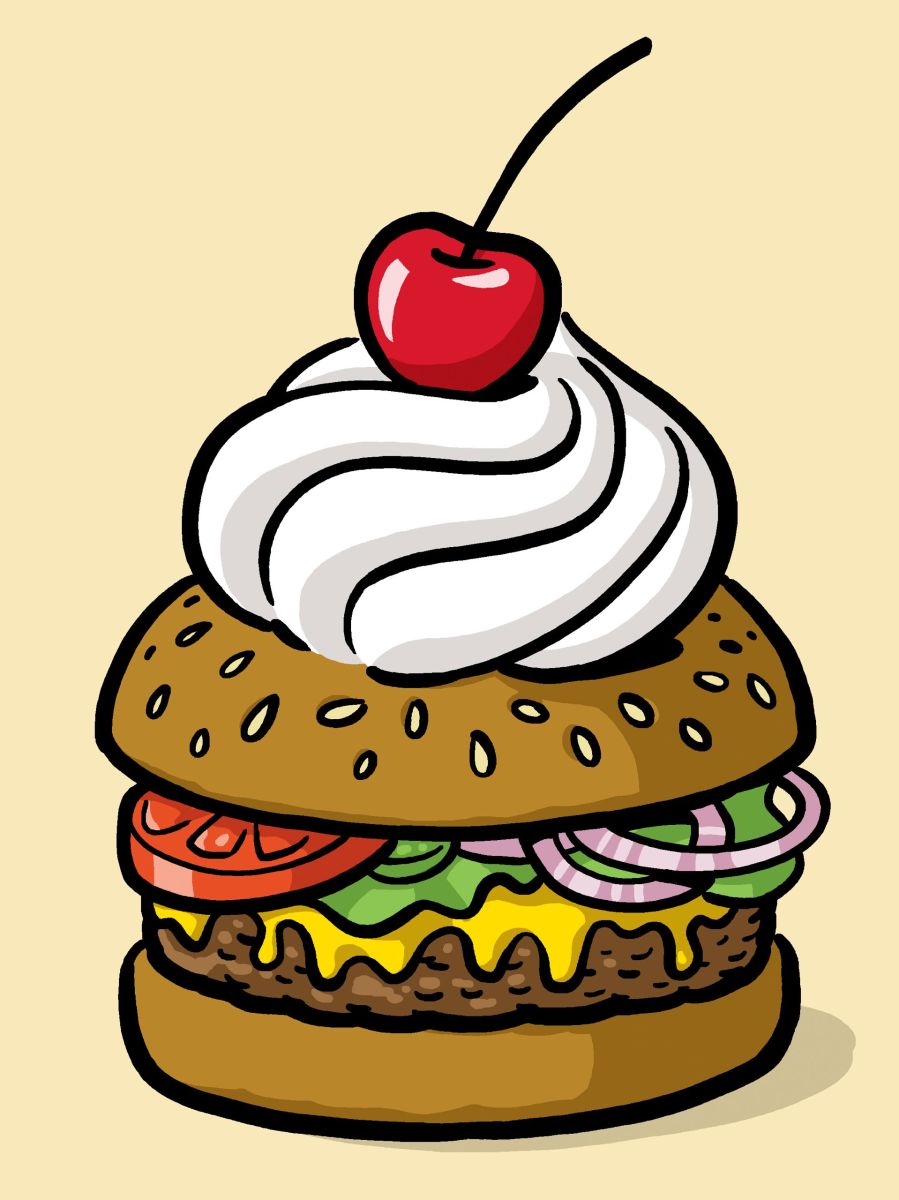Franchising, retail, business

21/01/2015
In 2004, when Danny Meyer opened a burger stand named Shake Shack in Madison Square Park, it didn’t look like the foundation of a global empire. There was just one location, and Meyer was known for high-end venues like Gramercy Tavern. But the lines became legendary, and in 2008 other outlets started appearing—first in New York, then in the rest of the country, then as far afield as Moscow and Dubai. Today, Shake Shack brings in at least a hundred million dollars a year and is planning an I.P.O. that could value the company at a billion dollars. That seems like a lot of burgers, but Meyer’s venture was perfectly timed to capitalize on a revolution in the fast-food business, the rise of restaurants known in the trade as “fast-casual”—places like Panera, Five Guys, and Chipotle.
Unlike traditional fast-food restaurants, fast-casuals emphasize fresh, natural, and often locally sourced ingredients. (Chipotle, for instance, tries to use only antibiotic-free meat.) Perhaps as a result, their food tends to taste better. It’s also more expensive. The average McDonald’s customer spends around five dollars a visit; the average Chipotle check is more than twice that. Fast-casual restaurants first emerged in serious numbers in the nineteen-nineties, and though the industry is just a fraction of the size of the traditional fast-food business, it has grown remarkably quickly. Today, according to the food-service consulting firm Technomic, it accounts for thirty-four billion dollars in sales. Since Chipotle went public, in 2006, its stock price has risen more than fifteen hundred per cent.
The rise of Chipotle and its peers isn’t just a business story. It’s a story about income distribution, changes in taste, and advances in technology. For most of the fast-food industry’s history, taste was a secondary consideration. Food was prepared according to a factory model, explicitly designed to maximize volume and reduce costs. Chains relied on frozen food and assembly-line production methods, and their ingredients came from industrial suppliers. They were able to serve enormous amounts of food quickly and cheaply, even if it wasn’t that healthy or tasty, and they enjoyed enormous success in the last quarter of the twentieth century. The number of outlets septupled between 1970 and 2000.
But, even as the big chains thrived, other trends were emerging. Most of the gains from the economic boom of the eighties and nineties went to people at the top of the income distribution. That created a critical mass of affluent consumers. These people led increasingly busy work lives. They typically lived alone or in dual-income households, so they cooked less and ate out a lot. Michael Silverstein, a senior partner at the Boston Consulting Group and the co-author of the book “Trading Up,” has made a study of this kind of consumer. “These aren’t people with unlimited resources, but they have plenty of disposable income,” he told me. “One of the things they’re willing to spend money on is food away from home.” In the same period, affluent consumers developed a serious interest in food and became more discriminating in their tastes—a development often called “the American food revolution.” Wine consumption jumped fifty per cent between 1991 and 2005. After the U.S.D.A. started certifying food as organic, in 1990, sales of organic food rose steadily, and stores like Whole Foods expanded across the country.
Traditional fast-food chains pretty much ignored these changes. They were still doing great business, and their industrial model made it hard to appeal to anyone who was concerned about natural ingredients and freshness. That created an opening for fast-casual restaurants. You had tens of millions of affluent consumers. They ate out a lot. They were comfortable with fast food, having grown up during its heyday, but they wanted something other than the typical factory-made burger. So, even as the fast-food giants focussed on keeping prices down, places like Panera and Chipotle began charging higher prices. Their customers never flinched.
It might seem that the success of fast-casual was simply a matter of producing the right product at the right time. But restaurants like Chipotle and Five Guys didn’t just respond to customer demand; they also shaped it. As Darren Tristano, an analyst at Technomic, put it, “Consumers didn’t really know what they wanted until they could get it.” The archetype of this model is Starbucks. In 1990, the idea of spending two dollars for a cup of coffee seemed absurd to most Americans. But Starbucks changed people’s idea of what coffee tasted like and how much enjoyment could be got from it. The number of gourmet-coffee drinkers nearly quintupled between 1993 and 1999, and many of them have now abandoned Starbucks for even fancier options.
As Starbucks did for coffee, Chipotle and Shake Shack have changed people’s expectations of what fast food can be. The challenge for the old chains is that new expectations spread. Millennials, for instance, have become devoted fast-casual customers. So McDonald’s is now experimenting with greater customization, and has said that it would like to rely entirely on “sustainable beef.” The question is whether you can inject an emphasis on taste and freshness into a business built around cheapness and convenience. After decades in which fast-food chains perfected the “fast,” can they now improve the “food”?
Fonte:http://www.newyorker.com/magazine/2015/01/26/shake-shack-economy